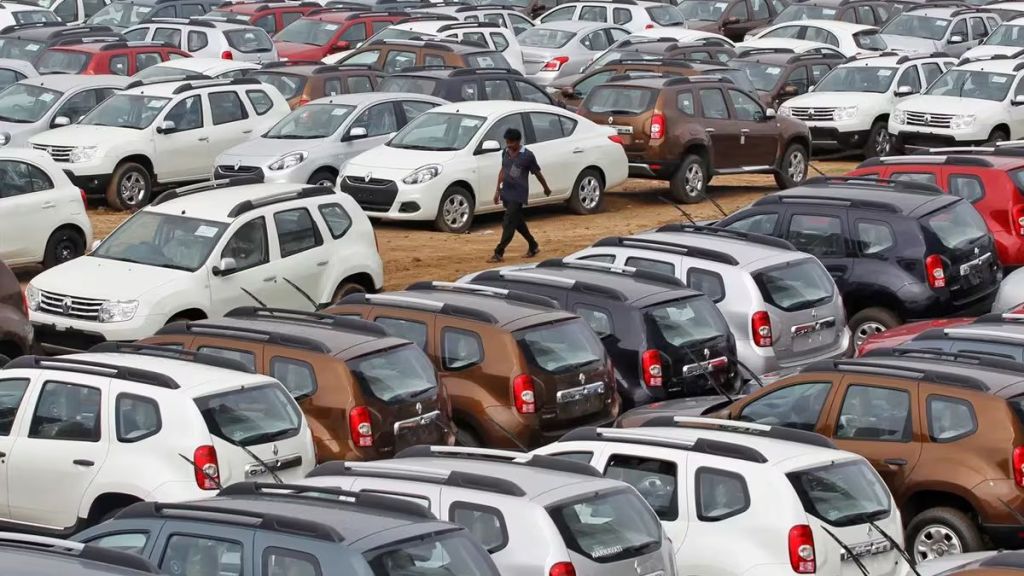Growth in new car sales, which was languishing till August, went into top gear in the following month following GST rate reduction and a deluge of tempting offers on older stock offered by desperate dealers.
September alone saw an estimated 45% spike in registrations, dwarfing the 2.6% growth recorded in the previous five months ending August. This single month leap has pushed growth in the first half of the year to little over 6% compared to the same period last year.
As per Maruti Suzuki estimates, retail passenger vehicle volumes in September surged to 400,000 units, up from 275,681 last year.
The first half of FY26 thus saw retail volumes at 2.04 million units (as against 1.91 million units in the year-ago period). This figure is almost equal to the wholesales of 2.05 million during the same six months in the year-ago period.
Dual drivers of growth
“Firstly, the fear of compensation cess getting written off forced OEMs and dealers to dole out massive discounts until September 21. This hugely helped liquidate inventory,” said a senior functionary of the Federation of Automobile Dealers Association (FADA).
“Then from September 22 onwards, the pent-up demand was unlocked during Navratri boosted by the new GST rates,” he further added.
Festive cheer and record deliveries fuel momentum
In the first eight days of Navratri, car market leader Maruti Suzuki recorded retail sales of 165,000 units, which was the best in 10 years. SUV heavyweight Mahindra & Mahindra (M&M) saw registrations surge by 60% during the nine days of Navratri.
Bookings for Tata Motors, which recorded the best-ever month in dispatches in September, claimed to have seen doubling of bookings in the latter part of the month post the new GST rates implementation.
From mini hatchbacks to luxury sports utility vehicles (SUV), the price cuts ranged between Rs 65,000 -30.4 lakh depending on the dealer. Carmakers enticed customers with discounts in addition to the benefit driven by the GST rate cut.
Maruti Suzuki had announced steep price cuts ranging between 11-21% on its entry-level portfolio, more than the impact of the GST cut. M&M was the first to announce new GST benefits effective from September 6 itself.
Companies were providing their stock at the new GST rates in addition to regular discounts. This was done to help the dealers tide over the crisis of the compensation cess where an estimated Rs 2,500-3,500 crore were stuck.
In a statement, Shailesh Chandra, managing director, Tata Motors Passenger Vehicles said, “Going forward, with a strong booking pipeline, agile supply readiness, and rising demand driven by festive cheer and accessible pricing, we are well-positioned to carry this growth momentum in H2 FY26.”
This robust turnaround in retail demand will make changes to the trend in the wholesale segment also. In the first half of FY26, dispatches (wholesales) from auto companies to their dealerships declined 1.26% to 2.05 million units. This was mainly on the back of high inventory levels till August end, which as per FADA estimates, stood at around 600,000 units or 56 days of stock. Between April and August, the wholesale segment marked a fall of nearly 3%.


